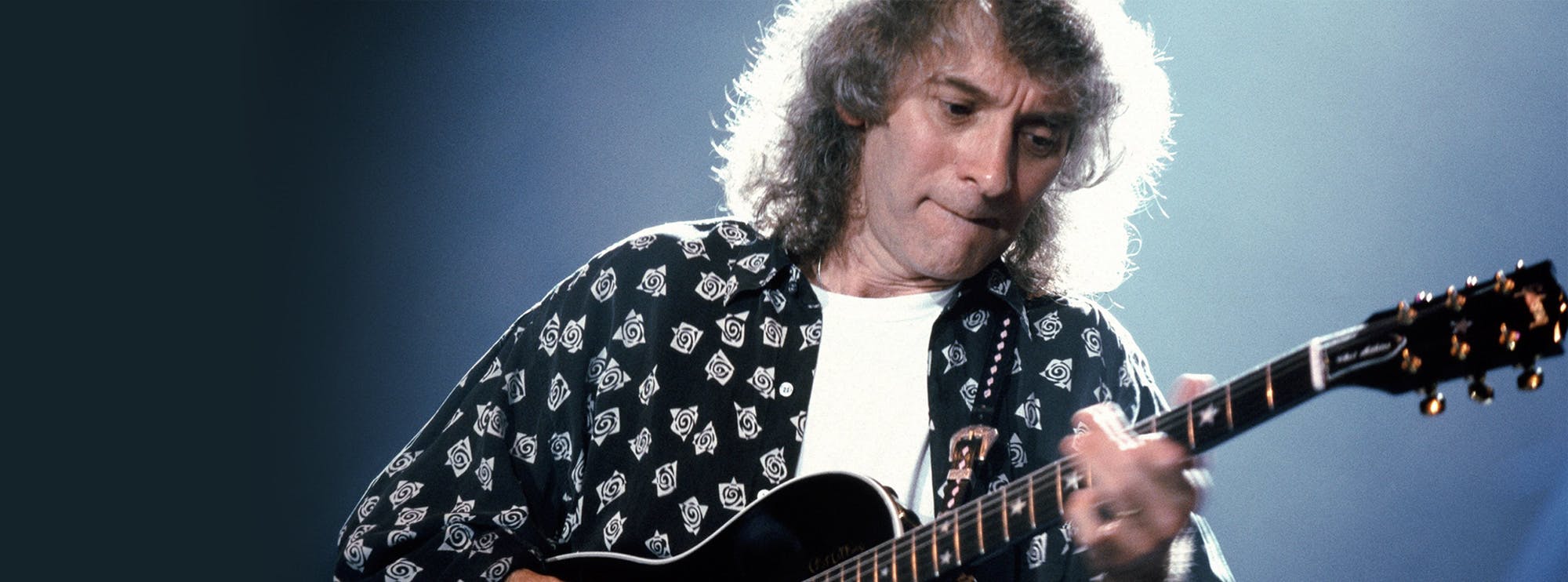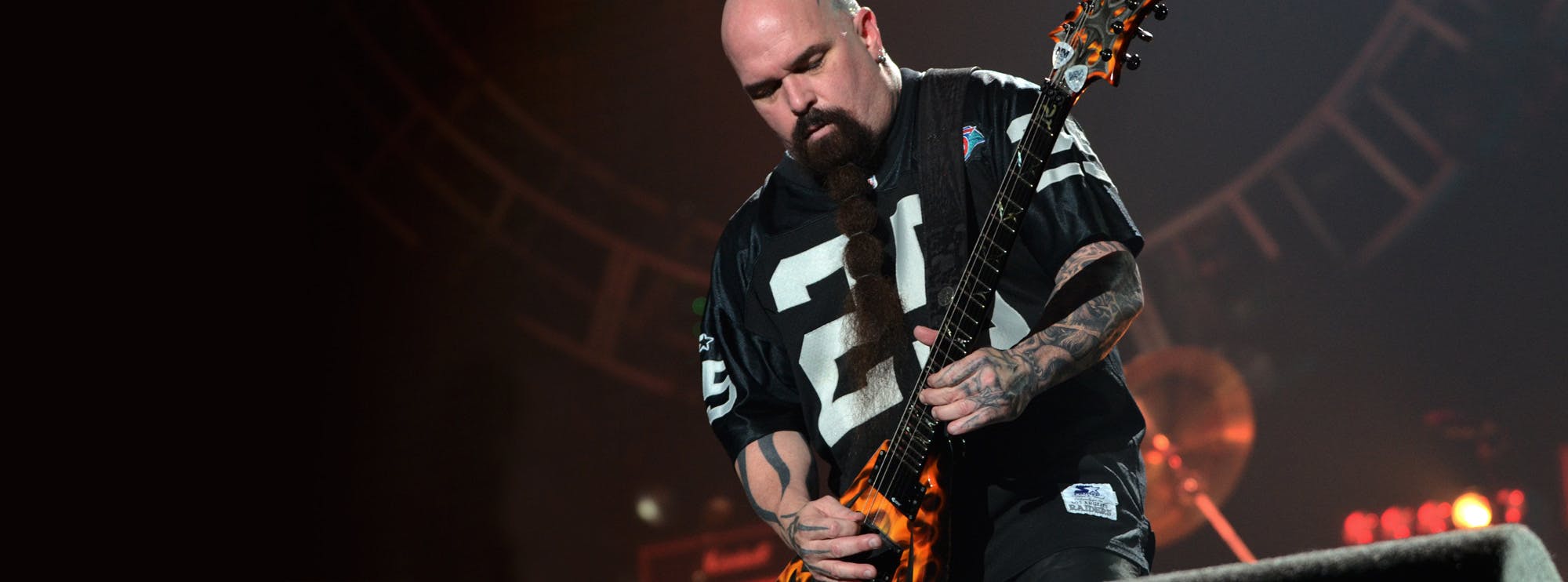"Coma" by Guns N' Roses
"Coma" by Guns N' Roses stands as a monument in the landscape of rock music, not only for its audacious length and narrative depth but also for its intricate guitar work, making it a quintessential study piece for any guitarist interested in hard rock techniques and solo construction. This song, from their 1991 album "Use Your Illusion I", offers a wide array of guitar skills and styles, mainly showcased by the legendary lead guitarist Slash. Let's delve into the guitar aspects of this song, including chords, scales, and a detailed analysis of the solo. Sam Bell breaks down every note of this classic track in this exclusive Lick Library video tutorial.
Chord Progressions and Rhythm Guitar
"Coma" doesn't follow a straightforward chord progression throughout, as it weaves through various sections with different rhythmic and harmonic textures. The song predominantly uses power chords and barre chords, typical of hard rock styles, to create a robust and driving backdrop. The progression involves basic chords such as E5, G5, and A5, providing a strong foundation over which the lead guitar and vocal lines interact dynamically.
One of the remarkable aspects of the rhythm guitar in "Coma" is its application of palm muting, which Slash uses to give the riff a chunky, percussive quality that complements the drumming effectively. This technique, combined with occasional full chord strums, adds to the dramatic ebb and flow of the song's energy.
Lead Guitar: Scales and Solo Analysis
Slash, known for his expressive and melodic soloing style, uses a variety of scales in "Coma". Primarily, he employs the E minor pentatonic scale, a staple in rock guitar soloing, to craft phrases that speak with raw emotion and technical prowess. He also integrates the natural minor scale and the blues scale to add flavour and depth to his solos, showcasing his versatility and understanding of musical theory.
The solo in "Coma" is a testament to Slash's ability to construct extended guitar solos that are both technically challenging and musically compelling. It starts with a slow, expressive bend that immediately captures the listener's attention, utilising techniques like vibrato and string bending to convey a sense of longing and intensity. As the solo progresses, Slash incorporates faster licks that demonstrate alternate picking, hammer-ons, and pull-offs, seamlessly transitioning between different positions on the fretboard.
A highlight of the solo is its use of double stops and unison bends, which add a rich, layered texture to the passages. These techniques, combined with his emotive phrasing and the strategic placement of pinched harmonics, allow Slash to create a solo that is both impactful and a detailed display of guitar mastery.
Slash's Signature Style
Slash's playing on "Coma" exemplifies his signature style, which is rooted in blues but adapted to a hard rock context. His ability to blend technical skill with soulful expressiveness gives his solos a unique character that is immediately recognisable. This song, in particular, showcases his skill in building a solo that progresses in intensity and complexity, drawing the listener into a deeper emotional journey.
Guitar Techniques Used in "Coma"
To fully appreciate the guitar work in "Coma", it's essential to identify the specific techniques that Slash employs to deliver such a powerful performance. Here's a list of notable techniques used in this song:
- Power Chords
- Barre Chords
- Palm Muting
- Vibrato
- String Bending
- Alternate Picking
- Hammer-Ons
- Pull-Offs
- Double Stops
- Unison Bends
- Pinched Harmonics
These techniques, when mastered, can greatly enhance a guitarist's ability to convey emotion and energy through their playing, much like Slash does in "Coma."
About The Tutor
Tutor Profile
Sam Bell
Sam Bell has been playing guitar from the age of 4, since then he has played many styles from Funky Blues to screaming Metal/Fusion on 8 string guitar. A member of UK tech metal band ‘Mask of Judas’, he is also currently writing his own solo instrumental album. He also...




